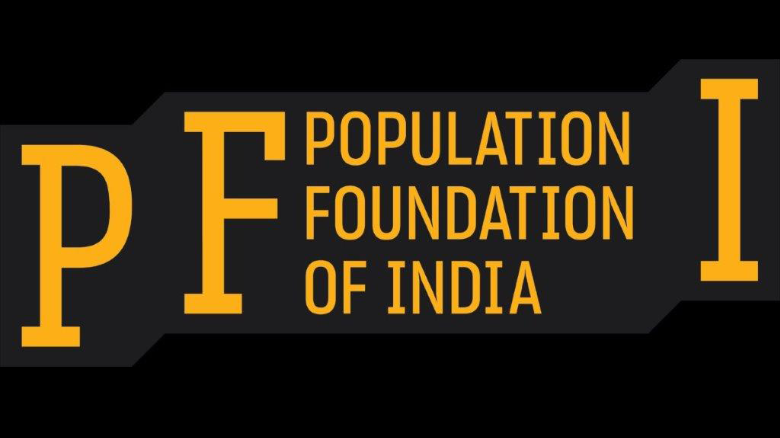
On 24 November, the ministry of health and family welfare released the complete set of findings from the fifth round of the National Family Health Survey—the most comprehensive data on health and family welfare issues. The findings include 11 states and three union territories that were not covered in the first set of data released in December 2020.
Population Foundation of India welcomes that India’s total fertility rate (TFR)—the average number of children that would be born to a woman over her lifetime—now stands at 2.0. This is below the replacement level of TFR, at which the population exactly replaces itself from one generation to the next. This is a significant feat for the country’s family-planning programme, which does not include coercive policies. These findings bust the population-explosion myth and show that India must steer away from coercive measures of population control. While the increase in the use of modern contraceptive methods is heartening, an increase in female sterilisation coupled with continued stagnation in male sterilisation uptake shows that the onus of family planning still lies with women. While the use of condoms has increased from 5.6 percent to 9.5 percent, its uptake continues to be low. This is despite the fact that 82 percent of men (aged between 15 and 49 years) reported knowledge that consistent condom use can reduce the chance of getting HIV/AIDS.
“The government must adopt a targeted social and behaviour change communication strategy to ensure that men also take responsibility for family planning,” Poonam Muttreja, the executive director of Population Foundation of India, said. “Most programmes assume that primarily women are contraceptive users. There is a dearth of interventions that focus on improving male engagement in family planning.”
The data shows significant progress on several indicators related to fertility, family planning, age at marriage, and women’s empowerment. However, there are a few areas of concern—notably, nutrition, gender-based violence, and low levels of digital literacy among women.
The Population Foundation of India has listed a few achievements and areas of concern from the findings.
Achievements
- India has achieved a TFR of 2, which is below the replacement-level TFR of 2.1. It was previously 2.2 in 2015-16, as per the NFHS-4 data.
- There is a significant increase in the current use of any modern contraceptive method, which stands at 56.5 percent in 2019-21 against 47.8 percent in 2015-16. The share of condoms is 9.5 percent against 5.6 percent in 2015-16. However, the uptake of female sterilization has gone up to 38 percent against 36 in 2015-16. The uptake of injectable contraceptives, introduced in 2017, remains abysmally low, at 0.6 percent.
- The total unmet need for family planning has come down to 9.4 percent in 2019-21 against 12.9 percent in 2015-16, though the figure is still high.
- Quality of care in family planning has shown significant improvement with 62% of current users reporting having received information on side effects from service providers. This has increased from 46 percent in the last survey.
- The number of women who have a bank account they operate themselves has increased significantly from 53 percent in 2015-16 to 79 percent.
Concerns
- Anemia and obesity are growing causes of concern among women, men, adolescents, and children. Notably, 57 percent of all women of reproductive age are anemic.
- Child marriage has come down marginally from 27 percent in 2015-16 to 23 percent in 2019-21.
- A third of ever-married women (aged between 18 to 49 years) reported experiencing spousal violence. Only 1.5 percent of women aged between 18 and 29 reported experiencing sexual violence before the age of 18. This indicates significant underreporting of sexual violence against minors.
For more information, please contact: Martand Kaushik at martand.kaushik@populationfoundation.in
